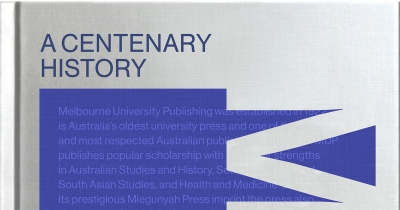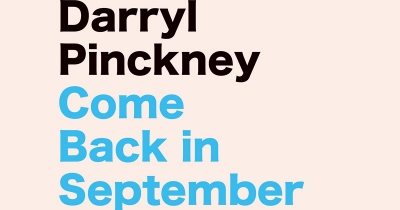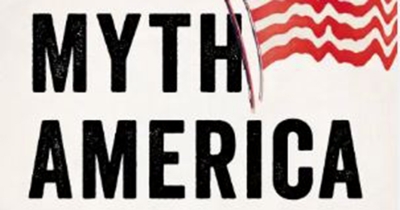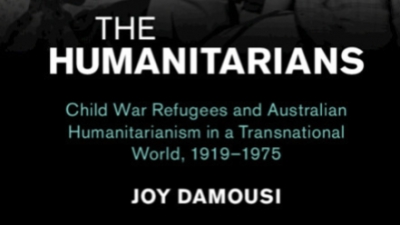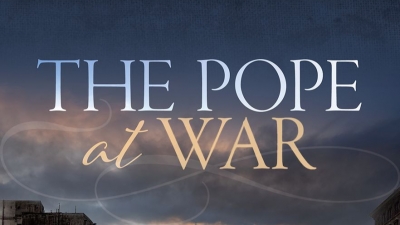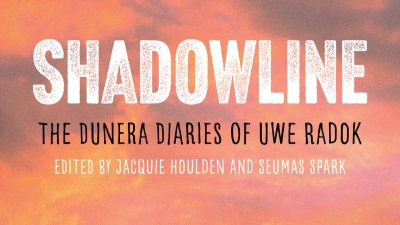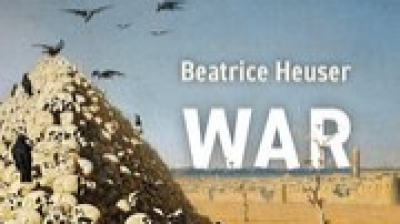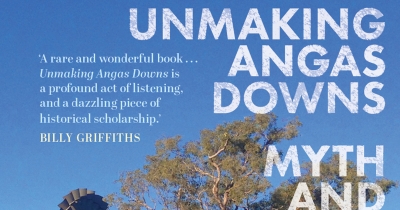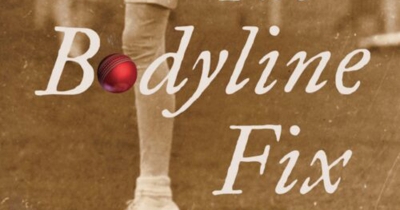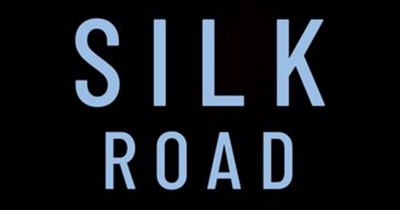History
Come Back in September: A literary education on West Sixty-Seventh Street, Manhattan by Darryl Pinckney
by Peter Rose •
Myth America: Historians take on the biggest legends and lies about our past edited by Kevin M. Kruse and Julian E. Zelizer
The Humanitarians: Child war refugees and Australian humanitarianism in a transnational world, 1919–1975 by Joy Damousi
by Andrew Markus •
The Pope at War: The secret history of Pius XII, Mussolini, and Hitler by David I. Kertzer
by Miles Pattenden •
Shadowline: The Dunera diaries of Uwe Radok edited by Jacquie Houlden and Seumas Spark
by Francesca Sasnaitis •
War: A genealogy of Western ideas and practices by Beatrice Heuser
by Philip Dwyer •
Unmaking Angas Downs: History and myth on a Central Australian pastoral station by Shannyn Palmer
by Eleanor Hogan •
The Silk Road: Connecting histories and futures by Tim Winter
by Robert Wellington •

